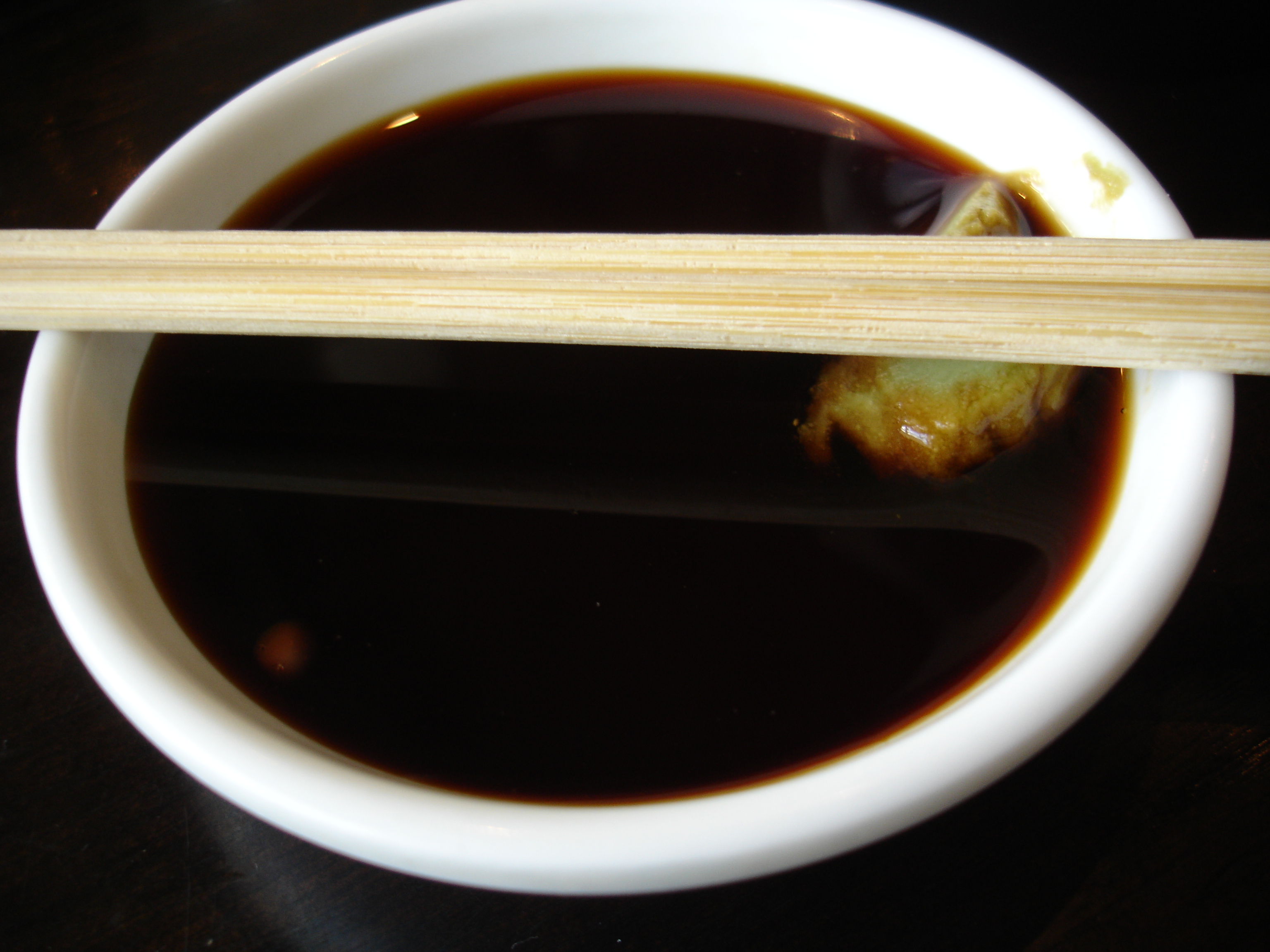Umami (Taste)
Enlarge text Shrink text- Work cat.: Burbank, E.R. The perception of umami in non-pathological individuals, 2006:pp. 9-10 ("There is now a fifth accepted category of taste that is referred to as umami ... discovered in 1908 by Ikeda ... who isolated glutamate as the source of taste in a broth made from seaweed and named it umami ... derived from the Japanese words umai (delicious) and mi (essence).") p. 10 ("Monosodium glutamate, a common flavor enhancer, is the sodium salt of glutamate ...")
- BIOSIS, Aug. 29, 2007(umami, umami taste)
- PubMed, Aug. 29, 2007(umami, umami taste)
- LC database, Aug. 29, 2007(umami)
- WorldCat, Aug. 29, 2007(umami)
Umami ( from Japanese: うま味 Japanese pronunciation: [ɯmami]), or savoriness, is one of the five basic tastes. It is characteristic of broths and cooked meats.: 35–36 People taste umami through taste receptors that typically respond to glutamates and nucleotides, which are widely present in meat broths and fermented products. Glutamates are commonly added to some foods in the form of monosodium glutamate (MSG), and nucleotides are commonly added in the form of disodium guanylate, inosine monophosphate (IMP) or guanosine monophosphate (GMP). Since umami has its own receptors rather than arising out of a combination of the traditionally recognized taste receptors, scientists now consider umami to be a distinct taste. Foods that have a strong umami flavor include meats, shellfish, fish (including fish sauce and preserved fish such as Maldives fish, katsuobushi, sardines, and anchovies), dashi, tomatoes, mushrooms, hydrolyzed vegetable protein, meat extract, yeast extract, kimchi, cheeses, and soy sauce.
Read more on Wikipedia >
 Topic
Topic





